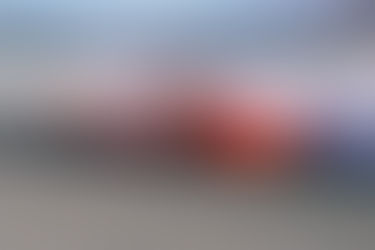We're finishing up our Life Science strand so we're going to review the process of photosynthesis and the players within food webs.

Plants are producers, meaning they make their own food through photosynthesis. They take in carbon dioxide and water, and using energy from sunlight they produce oxygen and glucose (this is a sugar that the plants use as food).
Food webs are ways to see who eats who. All animals depend on plants. Some animals eat plants for food, these animals are called herbivoers. Others eat animals that eat plants, these are carnivores. Animals that eat both plants and other animals are called omnivores. Finally, when living organisms die, they are broken down by decomposers such as fungi and bacteria, and the nutrients are returned to the soil where they can support the growth of producers.
For ecosystems, the major source of energy is sunlight. Energy entering ecosystems as sunlight is transferred by producers into chemical energy through photosynthesis. That energy then passes from organism to organism in food webs.
Remember: When one playerin the web is removed, it affects all the others!
Midterms are coming up, and you'll be tested on everything we've covered in class so far. That includes Earth and Space science (moon phases, tides, eclipses, seasons, plate tectonics, planets and gravity), and Life science (body systems, heredity, genetics, natural selection and evolution). We've reminded you all year to keep all the worksheets and handouts you've been given, because this has slowly created a text book for you to refer to and study from.
That being said, I've been creating more Zaptions for you to use as review, so watch those and take notes as you watch! (They're all listed under the Zaption tab.)
As for studying...here are a few tips:
Rewrite your notes- This sounds like a lot of work, but when you rewrite the notes in your own words you are constructing knowledge.
Understand the concepts- don't just memorize. You can use flashcards to test yourself, or fold a piece of paper in half lenght-wise to write concepts and definitions on opposite sides.
Review previous exams- this will be a HUGE help to prepare for the midterm.
Ask for help if you don't get it!!! See me or Ms. Ruggeri, email me if you want!
Don't fake it as you study- you can highlight and make awesome flashcards all you want, but if your brain is not actively involved it's pointless.
Avoid distractions- phones, TV, social media, etc...

As we move forward after learning about genetics, we're focusing on natural selection and evolution. Differences in survival and reproduction among members of a population as a result of environmental pressure- that's natural selection. Environmental pressure can come from limited resources (like food, water and space), predators and/or disease.
In our lab, the tweezer beaked birds couldn't eat many beans or fruit loops, so they didn't survive or reproduce (they went extinct). The spoon beaked birds could eat a lot, so they survived and reproduced. The spoon trait was the best suited variation for the environment, and it helped the bird survive and reproduce, so that trait was passed down to it's offspring.
Evolution is the of change in traits in a population over time. Natural selection is HOW this change happens.









